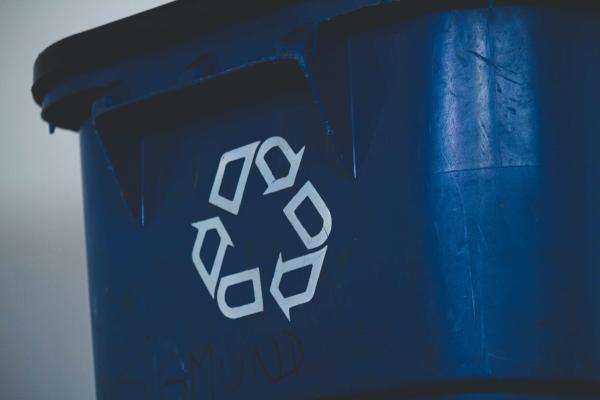How to Recycle Plastic from Home
- May 2 2023
- 3 min read
How to Recycle Plastic from Home


Recycling plastic at home may seem like a daunting task, especially if you’re new to recycling. Many people are unsure of where to start or what steps to take to make a positive impact on the environment. However, to recycle plastic at home is a simple and effective way to reduce waste and help protect the environment. With some knowledge and effort, anyone can learn how to recycle plastics at home and make a positive difference in the world. This article will provide simple steps for beginners to start recycling plastic at home.
Step 1: Know Your Plastics
The first step to recycling plastic at home is to know which plastics are recyclable. Not all plastics can be recycled; some can only be recycled through specialized recycling programs. For example, the following types of plastics are usually recyclable.
PET (polyethylene terephthalate) – used for soda bottles, water bottles, and food packaging.
HDPE (high-density polyethylene) – used for milk jugs, laundry detergent bottles, and shampoo bottles.
PVC (polyvinyl chloride) – used for pipes, vinyl siding, and some medical equipment.
LDPE (low-density polyethylene) – used for grocery bags, plastic wrap, and some food packaging.
PP (polypropylene) – used for yogurt containers, ketchup bottles, and medicine bottles.
PS (polystyrene) – used for disposable plates, cups, and some packaging.
Other – this category includes plastics that do not fall into any of the above categories, such as polycarbonate and nylon.
Step 2: Set Up a Collection System
Once you know which plastics can be recycled, the next step is to set up a collection system in your home. This can be as simple as setting up a bin or container to collect your plastic waste. Make sure to place the bin or container in a convenient location, such as in the kitchen or near your trash can.
Step 3: Clean and Sort Your Plastics
Before recycling your plastics, it is important to clean them first. Rinse out any food or drink containers to remove any residue. This will help prevent contamination and ensure that the recycled plastic is of good quality. Sort your plastics by type, and keep any non-recyclable plastics separate. Non-recyclable plastics can still be reused or repurposed in other ways, so keeping them separate from your recyclables is important.
Step 4: Find a Local Recycling Program
Once you have collected your plastics, you need to find a local recycling program that accepts your specific types of plastics. This information can be found on your local government’s website or by contacting your local waste management facility. Some cities or towns offer curbside recycling programs, while others may require you to drop off your recyclables at a recycling center.
Step 5: Take Your Plastics to a Recycling Facility
If your local government does not offer a curbside recycling program, or if you have non-recyclable plastics that need to be disposed of, you can take your plastics to a recycling facility. Many recycling facilities accept a wide variety of plastics, and some even offer cash incentives for recycling certain types of plastics.
Step 6: Reuse and Repurpose Your Plastics:
Finally, consider ways to reuse and repurpose your plastics before recycling them. For example, plastic bags can be used as a trash can liners or for storing items. And plastic containers can be used for organization or as planters for small plants. By finding new uses for your plastics, you can help reduce the amount of plastic waste that ends up in landfills or oceans.
In conclusion, recycling plastics at home is a simple and effective way to reduce plastic waste and protect the environment. By knowing which plastics can be recycled, setting up a collection system, cleaning and sorting your plastics, finding a local recycling program, and reusing and repurposing your plastics, you can create a more sustainable future.
Gain access to Orders, Tracking, Custom Options and Much More!